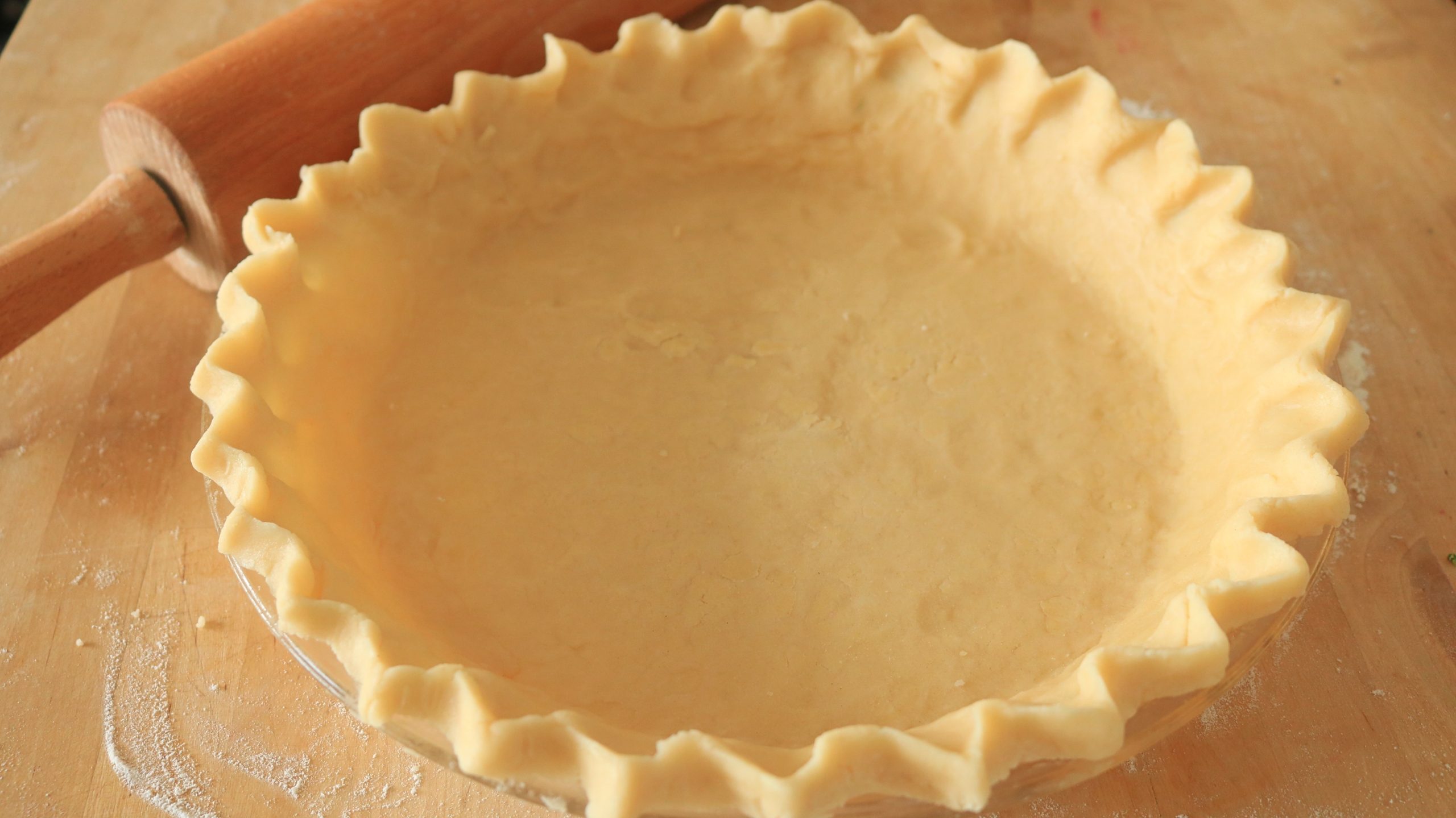Now Reading: Mastering the Art of Perfect Pie Dough
-
01
Mastering the Art of Perfect Pie Dough
Mastering the Art of Perfect Pie Dough

speedy Summary
- Many fruit varieties like strawberries, blueberries, apricots, and cherries are abundant in summer and ideal for pies.
- Challenges with pie dough include cracking,sticking to surfaces,uneven thickness,or insufficient stretching due to gluten tension.
- Key tips for perfect pie crust:
– Let the dough rest: Resting the dough (20-30 minutes) helps relax the gluten but avoid refrigerating it for to long as it might crack during rolling.
– Flour generously: Dust flour on the counter surface,rolling pin,and dough itself. Over-flouring is less problematic then under-flouring; use a pastry brush to remove excess before transferring the crust.- Roll from thick areas: Begin rolling from thicker sections (center) outward rather than focusing on edges; this prevents uneven thinning and sticking.
– Rotate your dough: Turn the disc of dough regularly by hand rather than twisting your body. Rotating ensures even thickness while preventing stickiness below.Images Included:
- Pie plate with rolling pin
!2000×1124.v1752853732.jpg”>Rested Dough
- hands dusting flour over pie dough circle
!2000×1124.v1752853732.jpg”>Center Rolling
Indian Opinion Analysis
The techniques outlined here have broader relevance beyond simply creating desserts-they emphasize precision in food planning while addressing common mechanical problems rooted in physics or material properties like gluten elasticity in baking. For India’s culinary landscape where breads such as roti or paratha require similar expertise with rolls and pressure application tools (rolling pins), these strategies may serve as transferable insights.
Furthermore,given India’s diverse fruit harvest seasons ranging across tropical varieties like mangoes or guavas during peak summers-adopting such methods could elevate traditional Indian dishes incorporating refined pastry designs blending ‘fruit-meets-culture’ projects amongst adventurous cook-loving enthusiasts thereby ripe innovations await niche-savvy cooking future partnerships ahead culturally vibrant industrious zones globally aligned!
Sources to Explore Pie Further Full-depth Training View-original!!























